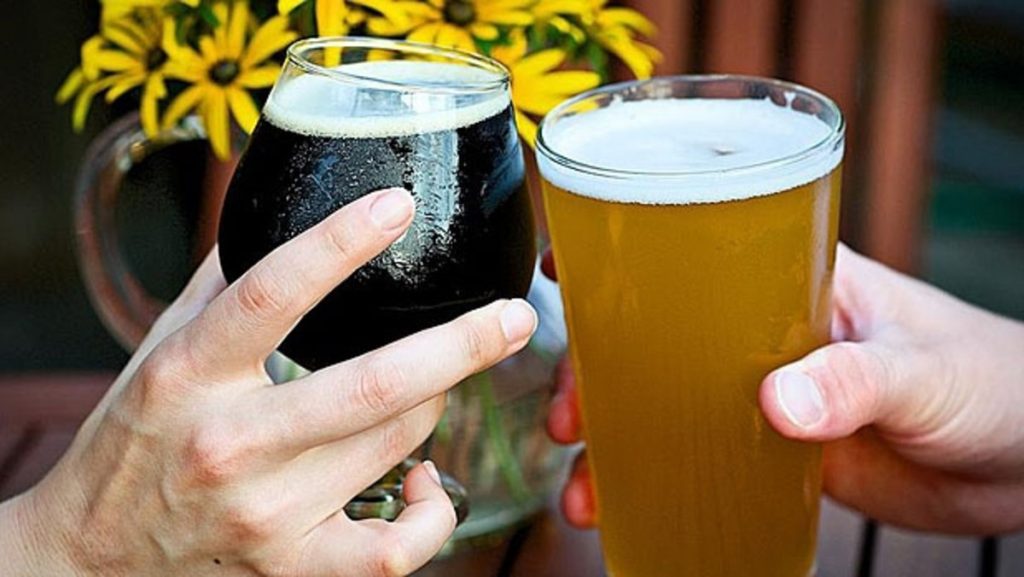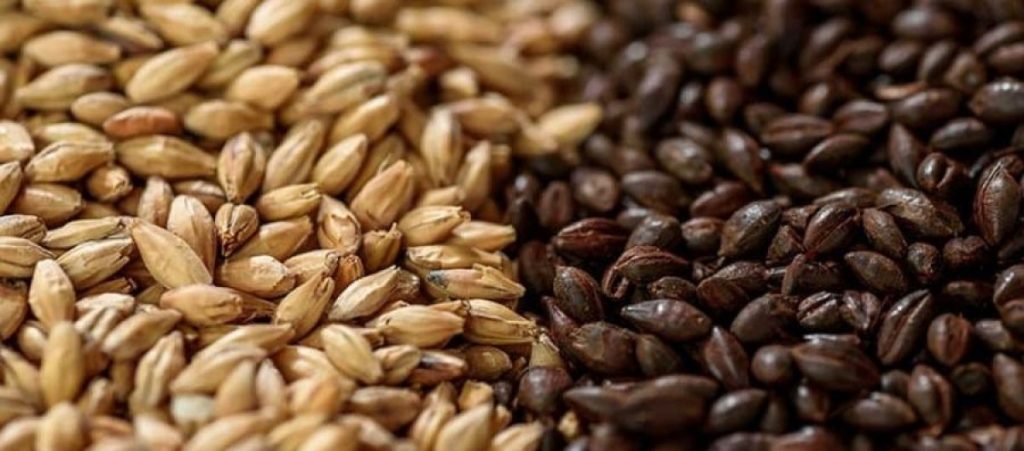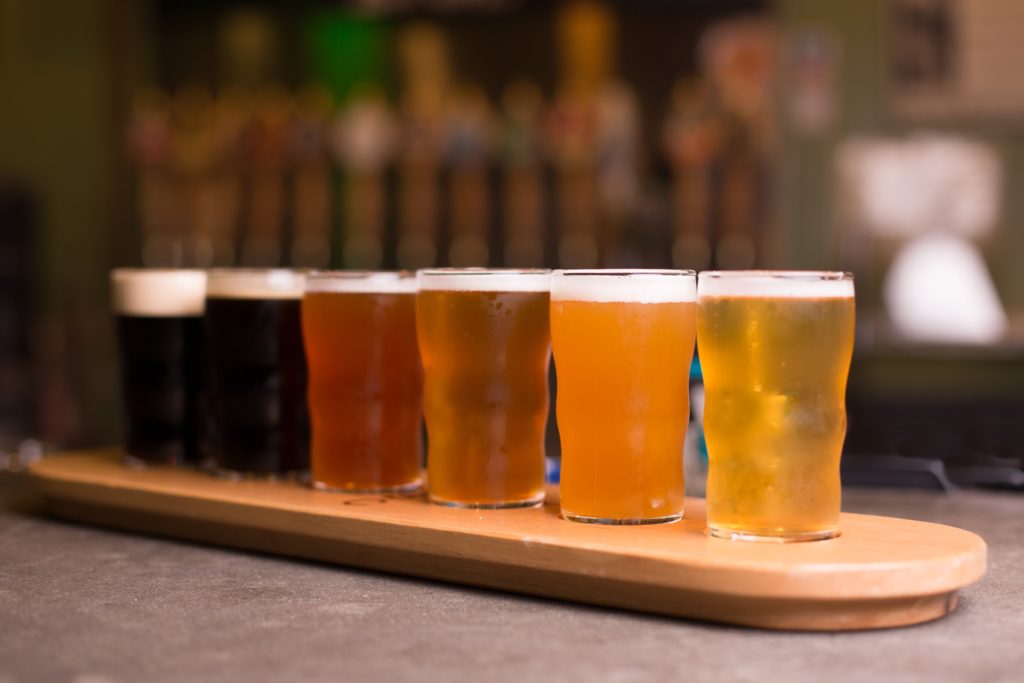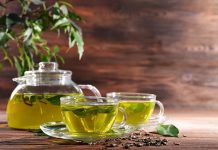
Many people adore beer, which is one of the top 5 beverages consumed worldwide. That fact alone speaks volumes about the passion and love people have for this soul-refreshing flavour. At the heart of every beer is malt, responsible for delivering the unique taste of beer. Choosing the right type of malt is essential for achieving the desired flavour and colour of the drink.
When it comes to choosing the foundation of the beer, several considerations must be made. Different types of malt extracts exist, and understanding the specifics of each is crucial for home brewing.
Understanding Malt Extracts
What does malt do for beer? Sugar is needed for the brewing process. During fermentation, the sugar turns into alcohol, creating carbonation and other flavours in the beer. Malt provides the much-needed sugars for fermentation to occur.
However, understanding the specifics behind this ingredient, such as differentiating between dry and liquid malt or light vs dark malt, is essential for the final flavour and profile of the beer.
Liquid Malt Extract (LME)

One of the two base malts used in brewing is liquid malt extract or LME, crafted from malted barley. It comes in the form of concentrated syrup, delivering the essence of malted grains.
Ideal as a base malt, LME offers a wider range of choices. Some brewers argue that LME has a better taste than its dry counterpart. However, both types have their uses and deliver unique characteristics. Yet, both come with certain disadvantages. For instance, LME can be challenging to measure, less cost-effective, and harder to store once opened.
Beer styles where LME is commonly used:
– Extra pale beers such as Lagers
– Light, Pilsner, or Pale
– Wheat for blondes and extra-light beer
– Amber, for malt-forward beers, darker beers with a slightly toasty character
– Belgian styles like Triples or Dubbels
– English bitters and milds
– Fruit beers, LME can be used as a foundation for fruit beers
– Dark beers, porters, stouts, and other dark variants
– German-style lagers like Vienna or Munich
– Sorghum, for gluten-free beers
Dry Malt Extract (DME)
DME is a versatile malt extract made from malted barley dehydrated into a powdered form. It’s used in a variety of beer styles from stout to sour beer. Due to its longer shelf life, dry malt extract makes a reliable option when you don’t need to use all the extract at once, leaving some for other times.
One advantage is that it is easy to measure, cost-effective, and more stable at higher temperatures. However, DME provides less consistency than its liquid counterpart and does not withstand humidity.
Beer styles where DME is commonly used:
– Extra light and pale beers such as lagers
– Blondes and Golden Ales
– Light, Pilsner, and Pale
– Amber, Red, and Brown Ales
– Porter and Stouts
– Particularly, the extra-light variant of DME is used in wheat beers
– Extract and partially mash recipes
Light vs Dark Malt

The light malt, often referred to as pale or extra-light malt, is commonly used for brewing pale ales, lagers, wheat beers, and other light beers. It delivers a mild to neutral malt flavour, allowing other ingredients to stand out. Brewers find light malt best when looking to create a beer with a clean and subtle malt background. It’s versatile and suitable for a wide range of beer styles.
The dark variant delivers rich, toasted, and sometimes even coffee-like flavours to the beer. Dark malt gives beers a deep brown to black hue, making it ideal for brewing porters, stouts, brown ales, and other dark beers.
Barley Malt vs. Other Grains
While beer is typically made from barley, brewers, in their quest for diverse taste sensations, have started using other cereals such as wheat, oats, rice, and maize.
Barley is a popular choice among brewers for its unique combination of fermentable sugars and enzymes, contributing to beer stability and facilitating the malting process. Other cereal alternatives also have found their place in brewing, each delivering a unique range of flavours.
For instance, wheat adds a light and refreshing flair to the beer. Rice is commonly used in adjunct lagers, providing a clean and dry beer. Oats offer a smooth and silky mouthfeel, enhancing the beer’s body. Corn is mostly used in American lagers and cream ales, adding light sweetness to the beer. Millet and sorghum are two ingredients mostly used for gluten-free beers.
Advantages of Malt Extract for Brewing

Yeast Starter
Malt is an excellent option to create yeast. Using malt in brewing means no need to create wort from scratch. It’s simple—boil some water, add in the malt, boil the mixture, let it cool, and add the yeast. Using malt eliminates the need to add yeast nutrients, which would be necessary when using dextrose as a yeast starter.
Time Efficiency
Brewers value time, and having an ingredient that can accelerate the brewing process is of immense help. Beer malt extract is a significant part of the brewing process, significantly reducing the need for extensive mashing and lautering processes.
Consistency
For brewers seeking reliable and repeatable brewing results, malt extract makes an ideal base, reducing variability between batches.















